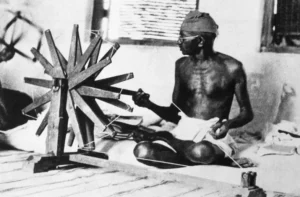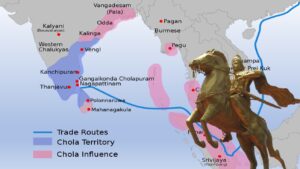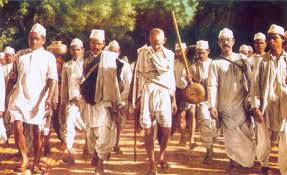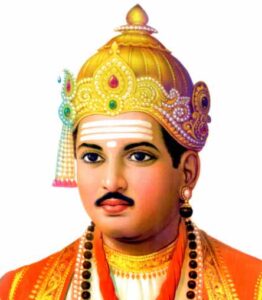Skip to content
Swadeshi Movement and Self-Reliant India
100 Years of Dialogue between Sree Narayana Guru and Mahatma Gandhi
Salt Satyagraha (Dandi March)
HISTORY AS A BATTLEGROUND: RISKS OF REWRITING THE PAST
PHULE: A TIRELESS ARCHITECT OF SOCIAL CHANGE
Copper Plates of the Vijayanagara Empire
Hampi’s Heritage and Contemporary Challenges
Karsandas Mulji – The Reformist Journalist
Patharughat Uprising (1894)
Chhatrapati Shivaji Maharaj Temple
Ramkrishna Gopal Bhandarkar
Ancient Megalithic Structures
BAPS Shri Swaminarayan Temple Incident
Restoration of Jalanatheswarar Temple













